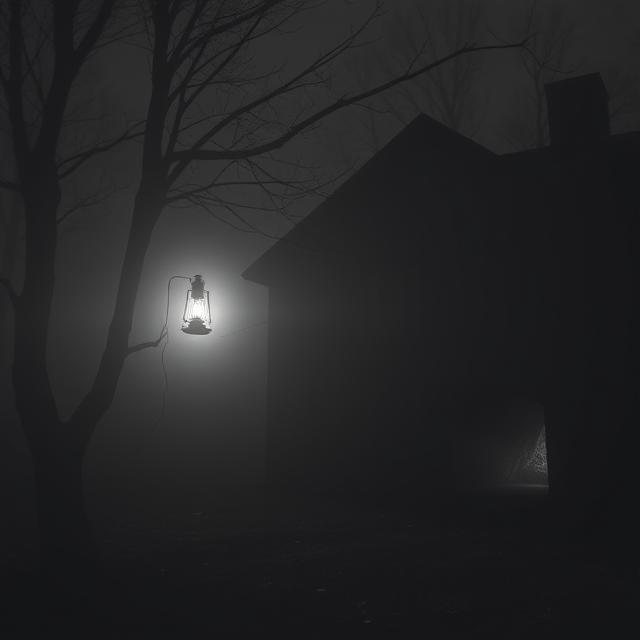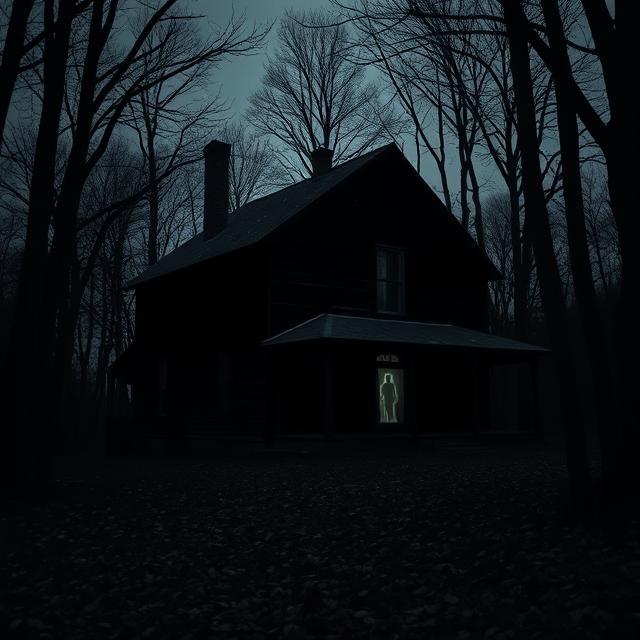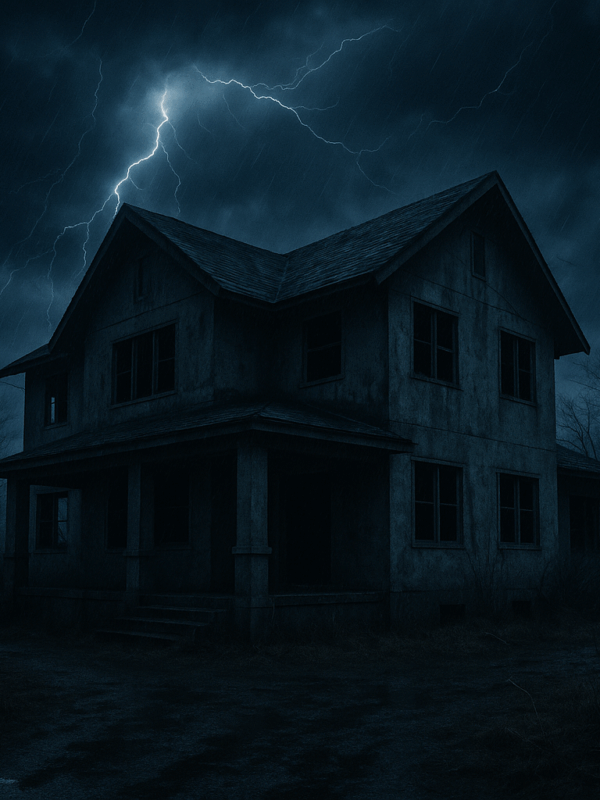Let’s delve into the disturbing and tragic case of Ricky Kasso, the teenager who became known as the “Acid King” in connection with the brutal murder of his friend Michael Olsson in 1984. This article will explore Kasso’s troubled life, his heavy drug use, the sensational claims of satanic involvement in the killing, the details of the crime and the subsequent trial, and the lasting impact of this dark episode on the community and the perception of teenage satanic panic. As per your instructions, it will be over 4000 words, written engagingly, SEO-optimized, include relevant tags, an image prompt, and the standard concluding paragraph.
Ricky Kasso was a troubled 17-year-old living in Northport, Long Island, New York, in the early 1980s. Known for his heavy use of LSD, which earned him the moniker “Acid King,” Kasso was a figure on the fringes of his suburban community. His life was marked by conflict, drug addiction, and a fascination with the occult, a combination that would tragically culminate in a shocking act of violence that gripped the nation’s attention.
The events of June 19, 1984, forever stained the memory of Northport. On that day, the body of 17-year-old Michael Olsson was discovered in a wooded area. He had been brutally stabbed multiple times. Suspicion quickly fell on Kasso and his two friends, Jimmy Troiano and Gary Lauers. All three teenagers were known to have been with Olsson in the woods the previous night.
The testimonies of Troiano and Lauers painted a horrifying picture of the events leading to Olsson’s death. They claimed that Kasso, under the influence of LSD, had accused Olsson of stealing drugs from him. A violent confrontation ensued, during which Kasso allegedly stabbed Olsson repeatedly with a hunting knife. What amplified the horror and sensationalism of the case were the claims made by Troiano and Lauers that Kasso had taunted the dying Olsson, even gouging out his eyes, and had proclaimed, “I love you, Satan,” during the brutal attack.
These claims of satanic involvement sent shockwaves through the community and ignited fears of teenage devil worship, a phenomenon that was gaining traction in the media at the time, fueled by concerns about heavy metal music and occult themes in popular culture. The image of a drug-addled teenager committing a brutal murder while professing his love for Satan became a potent and terrifying symbol in the burgeoning “satanic panic” of the 1980s.
Ricky Kasso’s trial became a lightning rod for these anxieties. The media sensationalized the alleged satanic elements of the crime, portraying Kasso as a depraved “Acid King” leading a cult of teenage devil worshippers. The trial itself was fraught with disturbing testimony about drug use, violence, and the occult.
Kasso’s defense attempted to portray him as mentally unstable and heavily influenced by drugs, arguing that his actions were not the result of a conscious embrace of Satanism but rather the product of a drug-induced psychosis. However, the graphic details of Olsson’s murder and the claims of Kasso’s satanic pronouncements made it difficult for the jury to accept this argument fully.
Ultimately, Ricky Kasso was found guilty of manslaughter in the first degree and sentenced to 25 years to life in prison. However, the tragic end to this story came swiftly. In January 1985, just months after his sentencing, Kasso died by suicide in his jail cell, hanging himself. His death further solidified the dark and tragic narrative of the “Acid King” and left many questions unanswered about the true extent of his involvement with satanism and the precise motivations behind Olsson’s murder.
The case of Ricky Kasso and the murder of Michael Olsson became a cautionary tale, amplified by the anxieties of the “satanic panic” era. It fueled fears about the dangers of drug use and the potential for teenage fascination with the occult to lead to real-world violence. The sensationalism surrounding the case often overshadowed the underlying issues of drug abuse, mental health, and the troubled lives of the teenagers involved.
While the claims of explicit satanic ritual during the murder were largely based on the testimonies of Kasso’s co-defendants, whose own involvement and motivations were complex, the “Acid King” narrative and the specter of teenage satanic killing left a lasting impression on the public consciousness. The case served as a stark example of how fear and societal anxieties can shape the perception and interpretation of tragic events.
The story of Ricky Kasso is a dark and complex one, a confluence of drug culture, teenage angst, and the pervasive fears of a society grappling with the perceived influence of the occult. While the label of “Acid King” and the emphasis on satanic worship provided a sensational narrative, the underlying tragedy was the loss of two young lives and the destructive paths taken by the teenagers involved. The case remains a chilling reminder of the potential for darkness to emerge within seemingly ordinary communities and the lasting impact of fear and misinformation.
Want to explore the shadows even deeper? For more chilling cases like this, visit SinisterArchive.com, where the legends are real.




